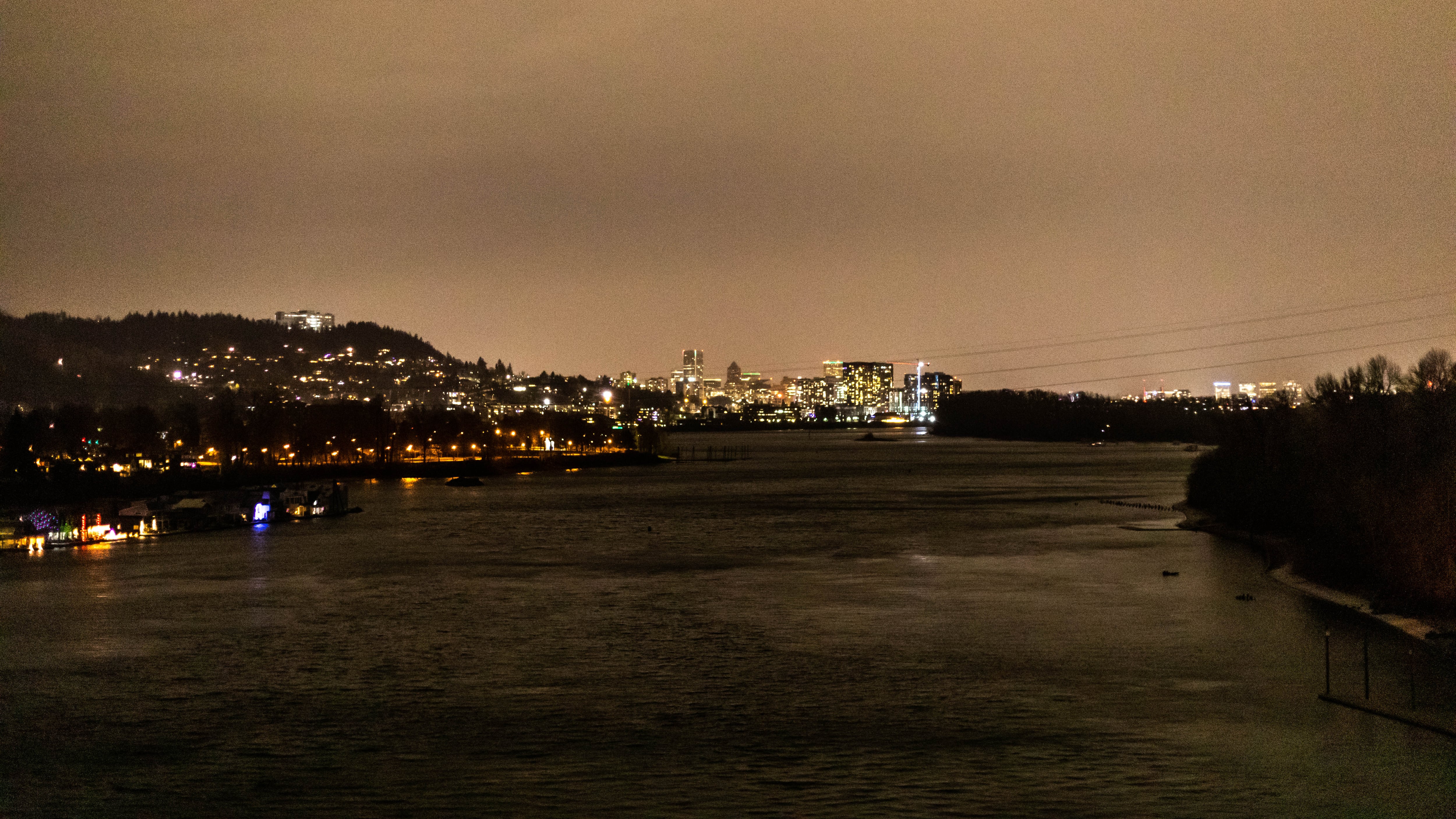What does your Portland look like?
The city looks different to everyone. Someone living on 86th and Burnside is definitely seeing a different landscape from someone whose home is nestled in the West Hills. St. Johns looks a lot different than Buckman looks a lot different than Woodstock looks a lot different from Lloyd. We all know that.
But even though Portland has the sheen of an eccentric outlier, when compared to other cities its size, a different story shakes out. In this week’s edition of WW, we learned that Portland is whiter and older and has more bachelor’s degrees than similar cities. It has also effectively eliminated affordable housing, and housing in general remains stalled in one-in, one-out, the-club-is-at-capacity type situation. Failures in leadership and government scream from the streets of downtown, the windy banks of the Columbia, or on the far north end of MLK where a caravan of RVs has become its own de facto neighborhood.
In this week’s edition of Willamette Week, the news team aggregated stats from a number of cities comparable in size and population to Portland to see how we measure up when dealing with issues that plague cities: crime, homelessness, health, safety, education, etc. Nigel Jaquiss will join me on the Dive podcast to discuss the greater meanings of all these stats.

